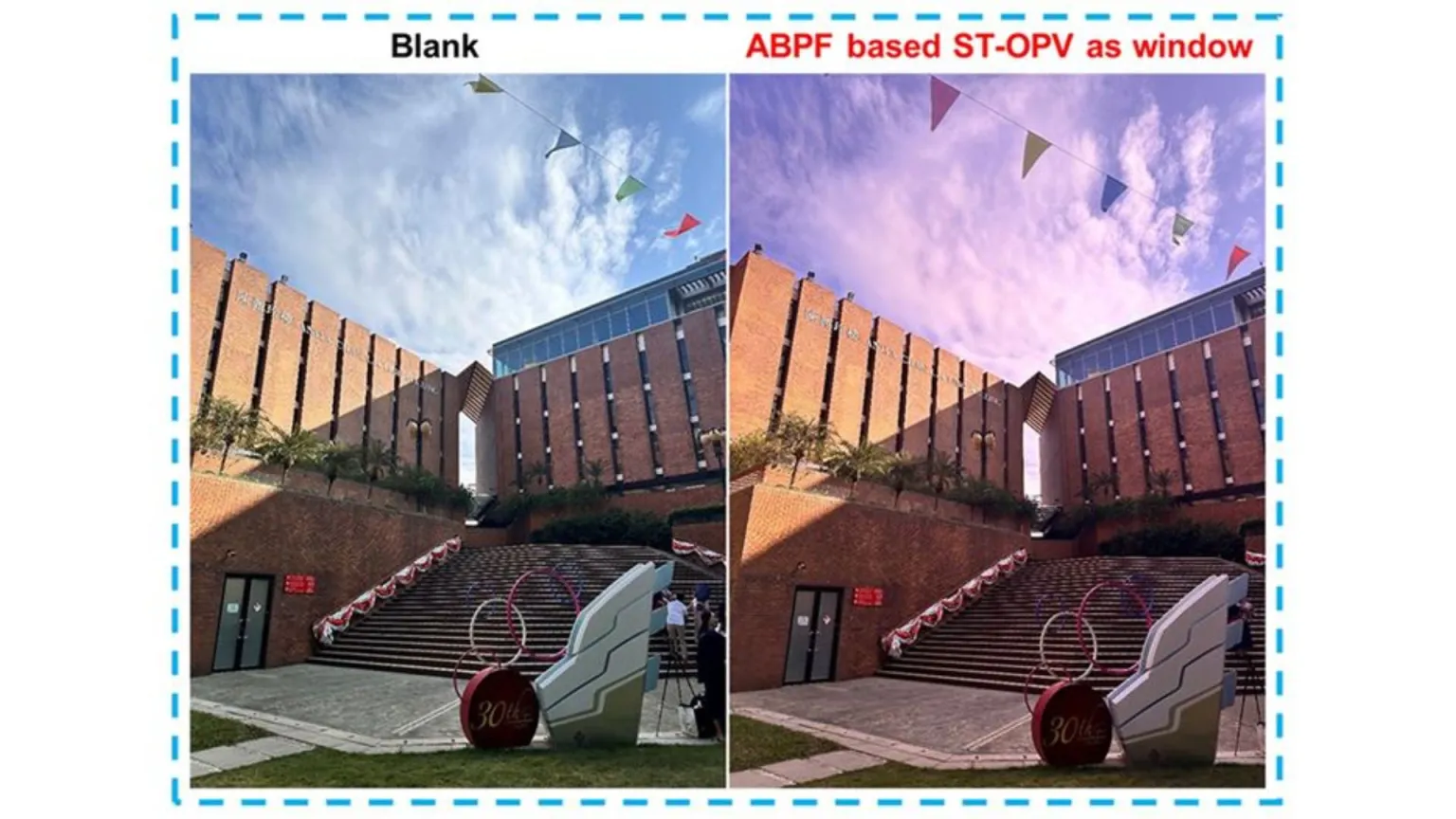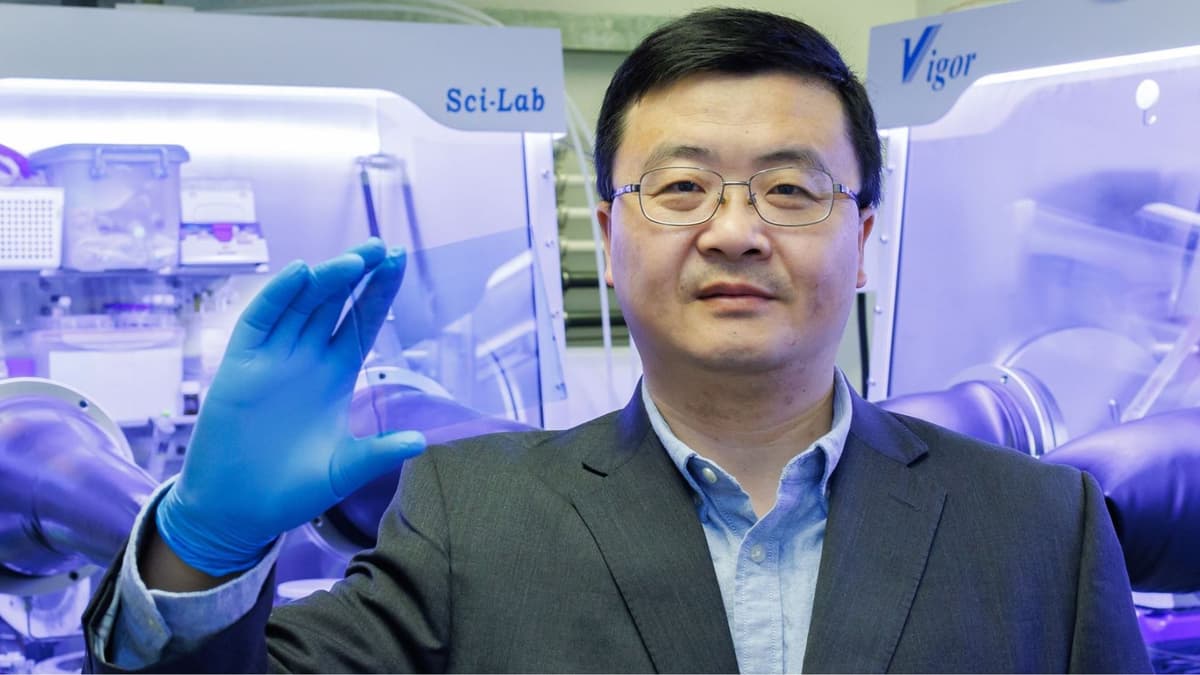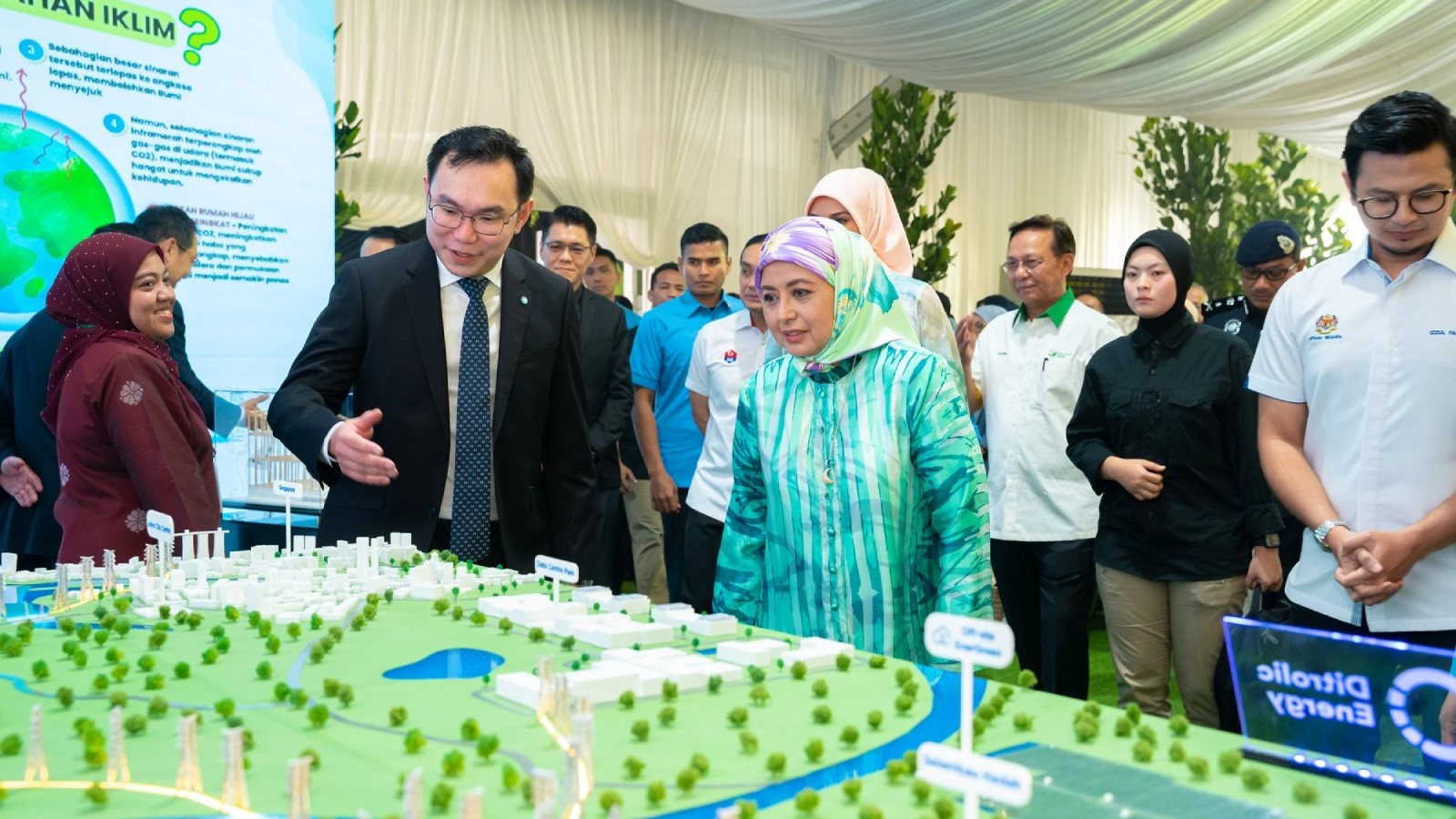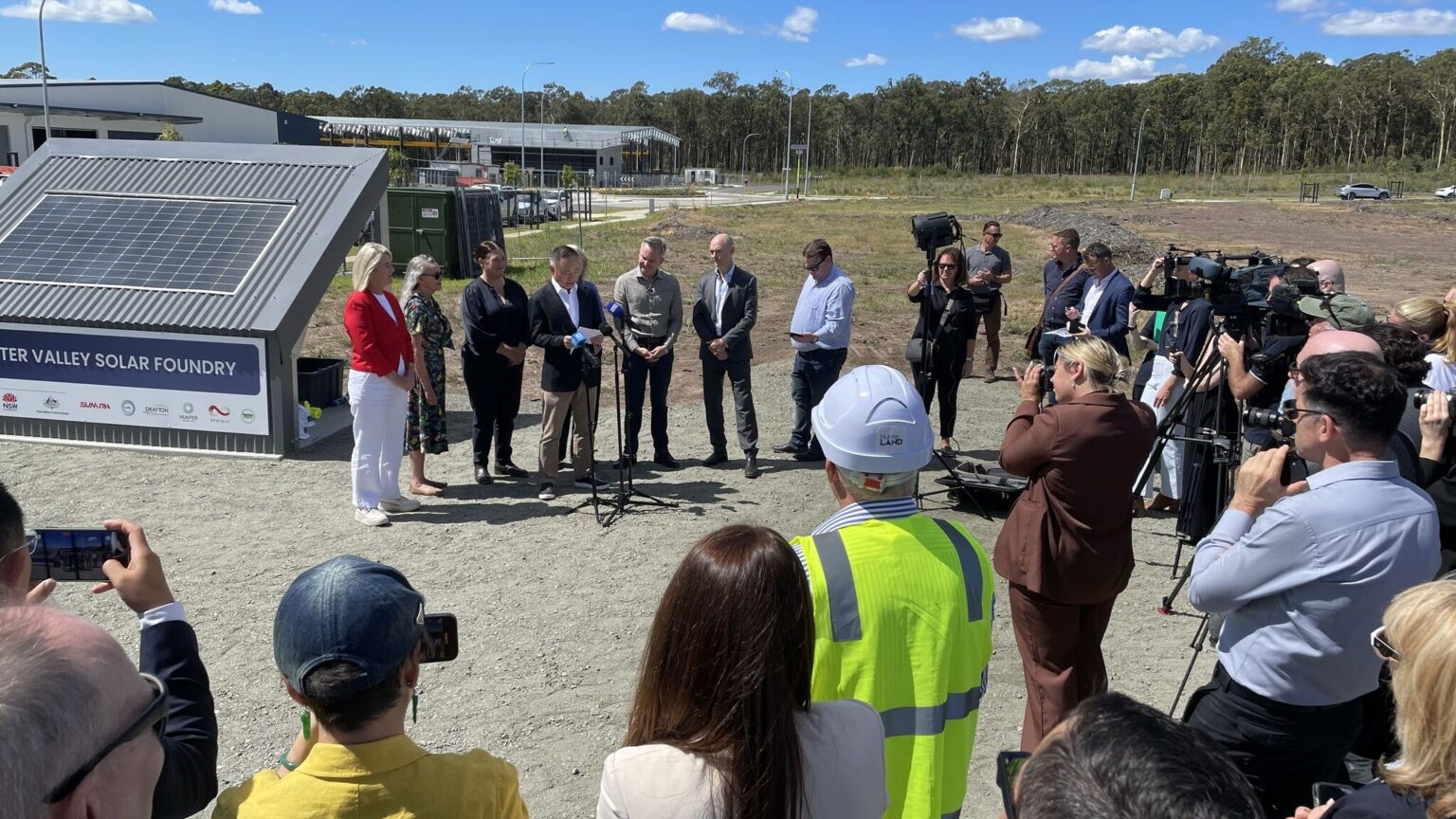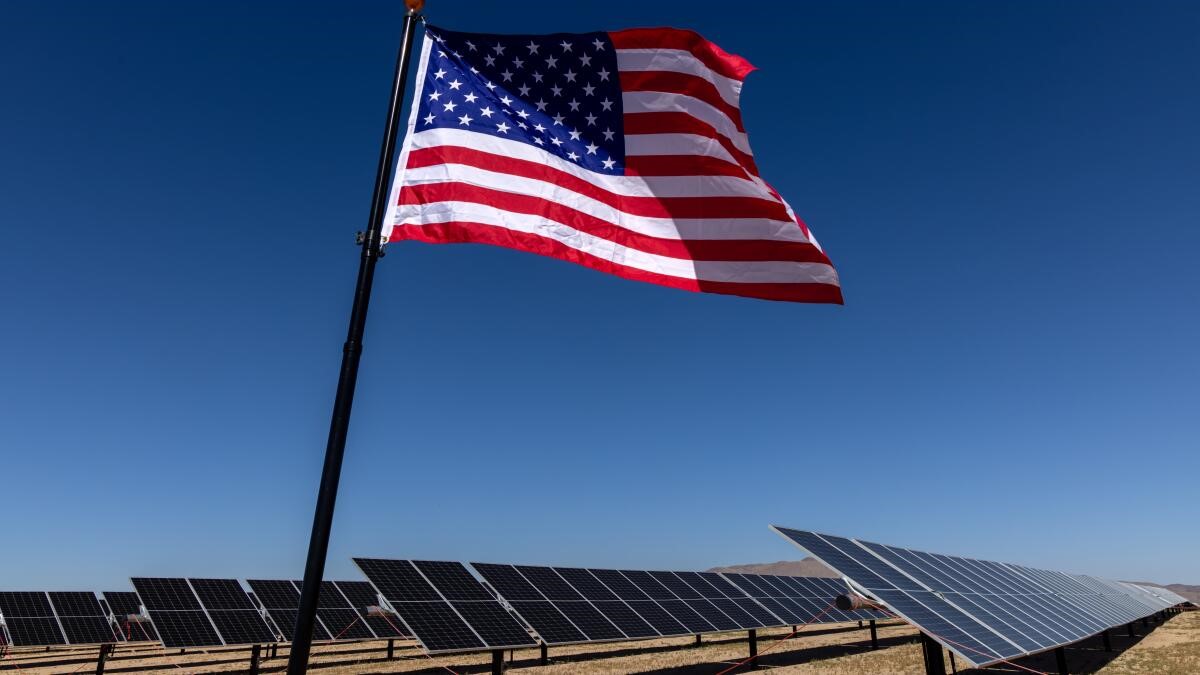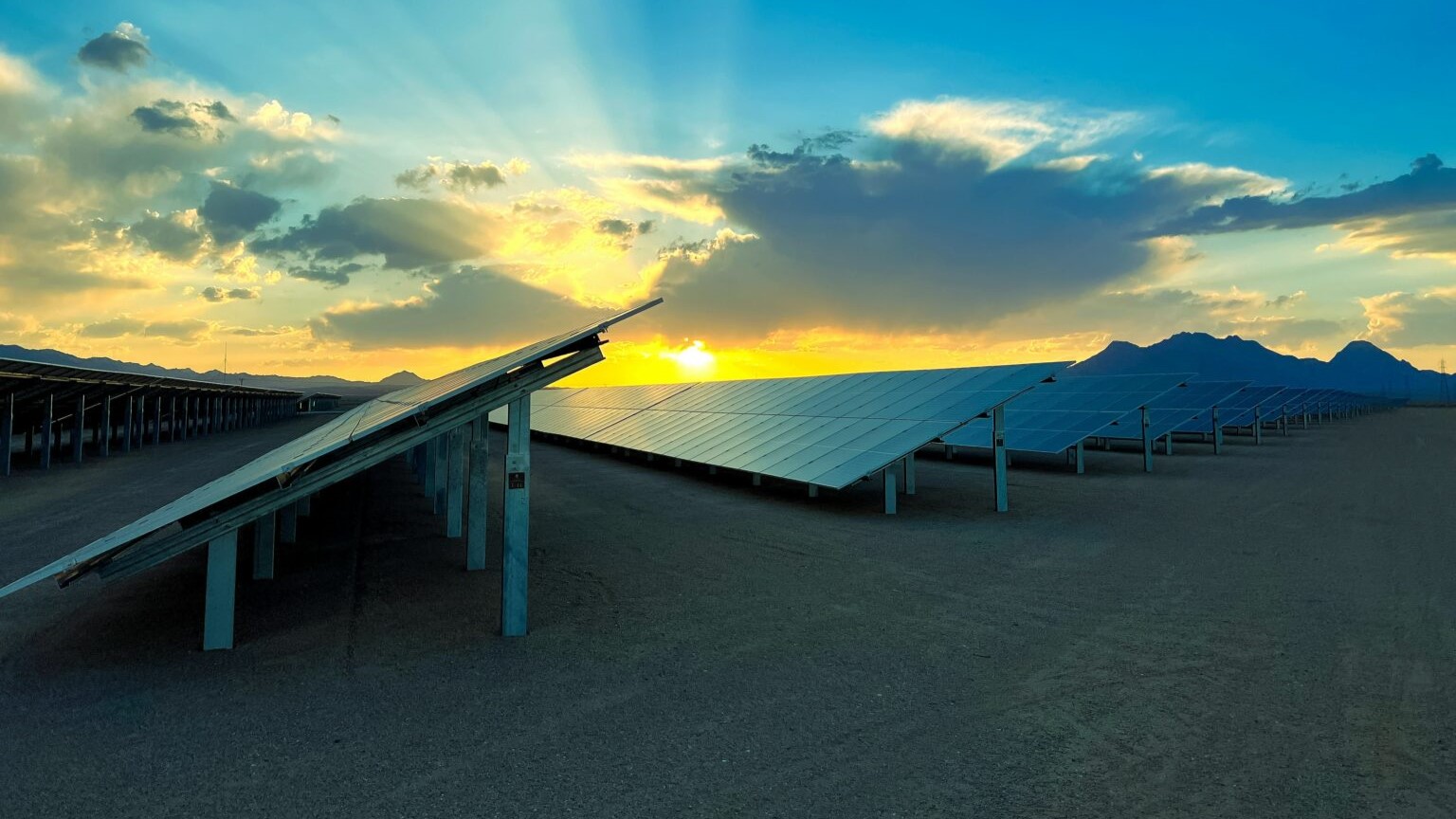Transparent solar cells, once a futuristic concept, are moving closer to reality thanks to a breakthrough from researchers at The Hong Kong Polytechnic University (PolyU).
On Wednesday, the team announced the creation of a new way to evaluate the performance of photoactive materials for semi-transparent organic photovoltaics (ST-OPVs), which could transform how energy is harvested through everyday surfaces like windows, screens, and facades.
The PolyU team, led by Prof. Li Gang, Chair Professor of Energy Conversion Technology, and Research Fellow Dr. Yu Jiangsheng, has introduced a parameter called FoMLUE (Figure of Merit for Light Utilization Efficiency).
This innovative, dimensionless parameter assesses how well different photoactive materials perform in semi-transparent solar cells by considering three key factors: average visual transmittance, bandgap, and current density.
By using FoMLUE, the researchers were able to screen and identify the most effective material combinations for ST-OPVs.
“As an emerging solar photovoltaic technology, solar windows offer new possibilities for practical deployment in BIPV, renewable energy vehicles, and agricultural greenhouses,” stated Li in the press release.
The study showed that ST-OPVs built using ternary materials with the highest FoMLUE scores achieved superior performance, including better thermal insulation, operational stability, and a record light utilization efficiency of 6.05 percent—the highest ever reported for semi-transparent solar cells.
ST-OPVs are drawing attention because of their balance between aesthetics and energy efficiency. Unlike conventional solar panels, these cells can be transparent or tinted, making them ideal for use in smart windows and other building-integrated photovoltaic (BIPV) systems.
With their low-cost production, eco-friendly composition, and natural color appearance under sunlight, ST-OPVs could play a key role in creating energy-generating architecture. The PolyU researchers believe that with the right materials, buildings could soon harvest solar energy without sacrificing design or visibility.
To achieve this, the team has been exploring advanced material combinations and device engineering methods to improve both stability and transparency. These developments could pave the way for buildings that generate part of their own power, reducing dependence on traditional energy sources.
The research also explored how location affects the performance of these solar windows. The team built a transient model to simulate power generation and study its effect on building cooling and heating loads.
Applying this model to 371 cities across China, the researchers found that more than 90 percent achieved measurable energy savings. Regions with hot summers and mild winters showed the best results, with annual total energy savings reaching up to 1.43 GJ per square meter.
This finding suggests that ST-OPV glazed windows could be especially effective in tropical and subtropical climates, where sunlight is abundant and air conditioning demands are high.
Li emphasized the broad potential of this technology.
“Our findings highlight the multifunctionality and geographical adaptability of high-performance ST-OPVs in the construction of sustainable and energy-saving smart windows without compromising the integrity of architectural design, showcasing their highly promising commercial prospects,” he added.
Furthermore, the PolyU team plans to improve the long-term stability of ST-OPVs and scale up production to larger solar modules.
The study was published in the journal Nature Communications.
